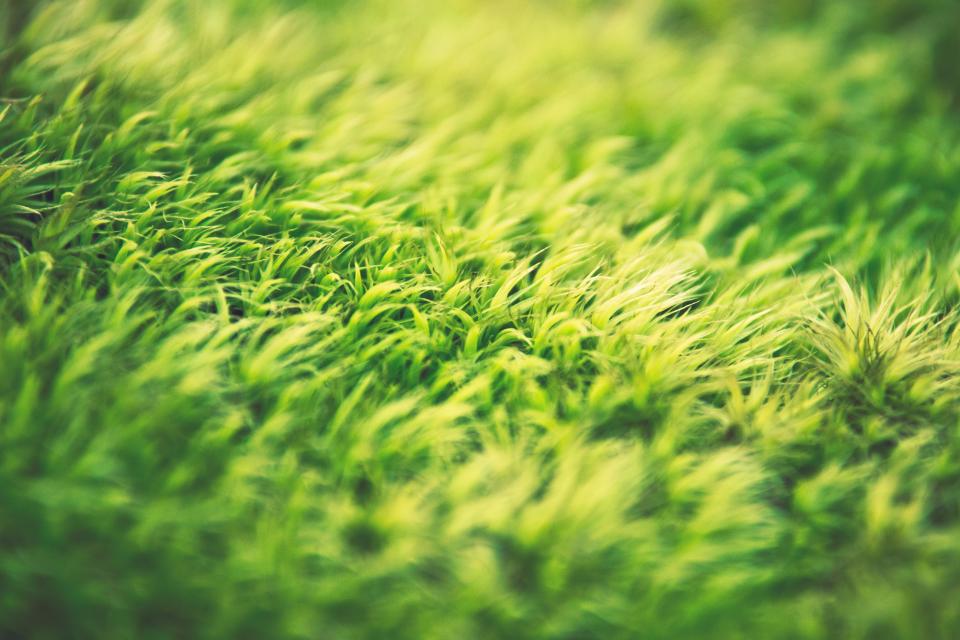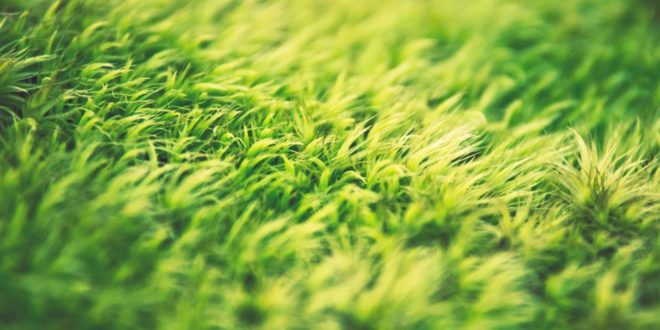Article by Tim Sousa
If your lawn is having some drainage problems, if the ground is hard and compact, or if there are bare patches that will not grow, no matter how much you water and fertilise; then your lawn may need to be aerated. Foot traffic will compact the soil in your lawn over time. The roots will become tangled and matted. Either way, water and fertiliser won’t be able to penetrate the soil to where they are needed. Aeration will solve these problems, allowing air, water and nutrients to penetrate the lawn, and get to the roots where they are needed.
Lawn aeration is basically punching holes in the lawn, to loosen up soil, and to allow air, water, and fertilizer to get to the roots of the lawn. Aeration also severs some of the roots, breaking apart the tangle, and encouraging new root growth. You don’t have to aerate the lawn often. Aerating the lawn every other year should be sufficient. If the lawn gets a lot of foot traffic, and the soil is particularly dense and compact, then you may want to aerate the lawn every year. The best time to aerate the lawn is in the spring, along with other spring lawn care projects.
You can find a variety of tools to aerate the lawn, with different degrees of effectiveness. There are spiked sandals which strap to your shoes, punching holes in the yard while you walk around. There are also spiked rollers designed to punch holes in the lawn. If your soil is dense and compact, however, neither of these methods will be very effective. If the soil is too compact, these tools just will not be able to penetrate the lawn effectively. In addition, the holes made in the ground will be small, and not effective at allowing water and fertilizer into the lawn. The best tool for the job will be a core aerator.
 Core aerators are available at your local rental shop. These motorized machines are probably the quickest and most effective way to aerate the lawn. A core aerator will pull up plugs of soil and grass from the lawn, about a half inch in diameter. These holes will effectively loosen soil, and provide a good path for the water and nutrients to penetrate the lawn. Along with the plug of soil, chunks of roots will also be pulled out, which will allow the remaining roots to grow back, healthier than before. If the soil in your yard is loose and sandy, you will probably only need to go over the lawn once. If the soil is more dense, you may need to go over the lawn twice.
Core aerators are available at your local rental shop. These motorized machines are probably the quickest and most effective way to aerate the lawn. A core aerator will pull up plugs of soil and grass from the lawn, about a half inch in diameter. These holes will effectively loosen soil, and provide a good path for the water and nutrients to penetrate the lawn. Along with the plug of soil, chunks of roots will also be pulled out, which will allow the remaining roots to grow back, healthier than before. If the soil in your yard is loose and sandy, you will probably only need to go over the lawn once. If the soil is more dense, you may need to go over the lawn twice.
You should water your lawn before aerating, so that the water can loosen up the soil a bit. Don’t flood the yard with water, but at the same time, don’t use too little water. You’ll want the soil to break apart easily, but you don’t want mud. After watering, go over the lawn once or twice with the aerator, depending on the consistency of the soil. After aerating, you’ll find plugs of soil and grass all over the lawn that have been pulled out by the aerator. You can leave them where they are if you’d like. Eventually, they’ll break down, and dissolve back into the lawn. If you don’t want them sitting on the lawn, however, you can rake them up and throw them away.
Now is a good time to fertilize and water the lawn. The water and fertilizer will have a way to get to the roots now, and make the grass healthy. After aerating, you’ll see a difference in the lawn. The bare patches will start to grow, and your lawn will grow thicker and healthier.










Join the Discussion
Type out your comment here:
You must be logged in to post a comment.